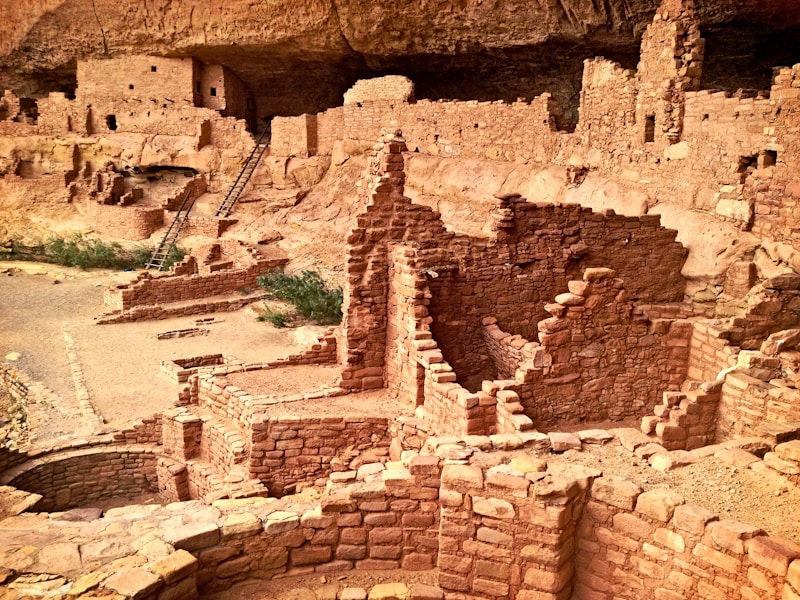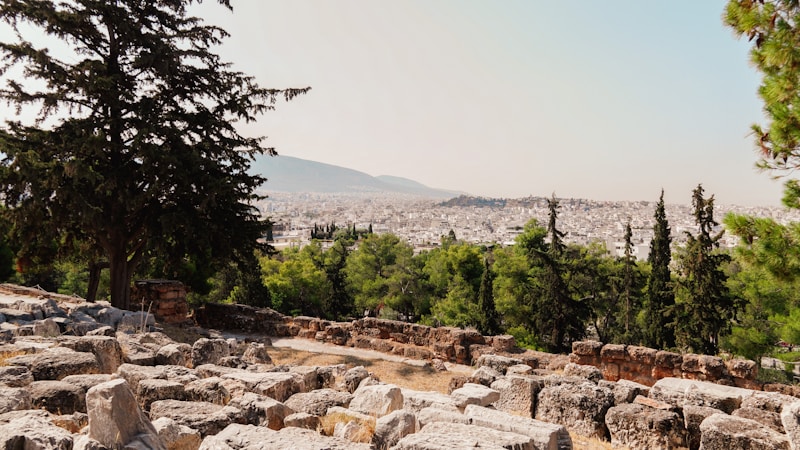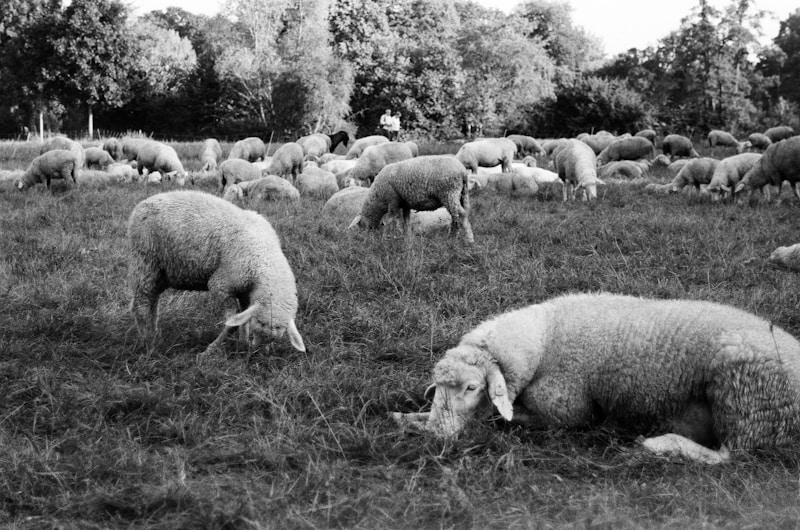Questions and Answers
What was the Holy Roman Empire referred to before the 13th century?
Universum Regnum
Who was crowned emperor in 800 by Pope Leo III, founding the Holy Roman Empire?
Charlemagne
Which dynasty reached the apex of territorial expansion and power in the mid-thirteenth century?
Hohenstaufen
What was the Investiture Controversy?
Signup and view all the answers
What was the Hanseatic League?
Signup and view all the answers
What was the Thirty Years' War?
Signup and view all the answers
What was the Napoleonic Confederation of the Rhine?
Signup and view all the answers
Which two princely member states of the Holy Roman Empire have preserved their status as monarchies until today?
Signup and view all the answers
What was the Hohenstaufen dream of world empire?
Signup and view all the answers
Study Notes
The Holy Roman Empire was a political entity that existed in Western, Central, and Southern Europe from 800 to 1806. The empire was founded by Charlemagne, who was crowned by Pope Leo III as Roman emperor in 800. Otto I was crowned emperor in 962 by Pope John XII, fashioning himself as the successor of Charlemagne and beginning a continuous existence of the empire for over eight centuries. The empire was considered primus inter pares, regarded as first among equals among other Catholic monarchs across Europe. The empire was traditionally elective through the mostly German prince-electors. The Empire reached the apex of territorial expansion and power under the House of Hohenstaufen in the mid-thirteenth century, but overextending led to partial collapse. During the final phase of the reign of Emperor Frederick III, Imperial Reform began, materialized during Maximilian I's rule, transforming the Empire into the Holy Roman Empire of the German nation. On 6 August 1806, Emperor Francis II dissolved the empire following the creation of the Confederation of the Rhine by Emperor of the French Napoleon I the month before. The exact term "Holy Roman Empire" was not used until the 13th century, before which the empire was referred to variously as universum regnum, imperium christianum, or Romanum imperium. The empire was often informally called the German Empire or Roman-German Empire. The empire was in theory composed of three major blocks – Italy, Germany, and Burgundy. Later territorially only the Kingdom of Germany and Bohemia remained, with the Burgundian territories lost to France.The Holy Roman Empire: A Summary
- During the Ottonian era, imperial women played a prominent role in political and ecclesiastic affairs.
- In 963, Otto deposed the current Pope John XII and chose Pope Leo VIII as the new pope.
- Otto II adopted the designation imperator Romanorum, renewing the conflict with the Eastern Emperor in Constantinople.
- Otto III appointed his cousin Gregory V the first German Pope, leading to a revolt by Roman nobles.
- Henry II succeeded Otto III and focused on Germany.
- The Investiture Controversy arose when kings employed bishops in administrative affairs, leading to a conflict with the Papacy.
- The Ostsiedlung resulted in less-populated regions of Central Europe receiving a significant number of German speakers.
- The Hohenstaufen dynasty reached its apex under Henry VI, with the addition of the Norman kingdom of Sicily.
- Frederick I emphasized the "Romanness" of the empire and made peace with the Welfs.
- Despite his imperial claims, Frederick II's rule was a major turning point towards the disintegration of central rule in the Empire.
- The Kingdom of Bohemia was raised to a kingdom, and Charles IV set Prague to be the seat of the Holy Roman Emperor.
- After the death of Frederick II in 1250, the German kingdom was divided between his son Conrad IV and the anti-king, William of Holland.The Holy Roman Empire underwent significant changes during the Late Middle Ages, including a shift in power from the emperor to the territories, the emergence of a fixed college of prince-electors, and the creation of new institutions such as the Reichskammergericht and the Reichshofrat. The rise of the cities and the new burgher class eroded the societal, legal, and economic order of feudalism. The Hanseatic League established itself as a commercial and defensive alliance of the merchant guilds of towns and cities in the empire and all over northern and central Europe. The adoption of Roman Law was accelerated and formalized at the 1495 Diet of Worms, becoming the basic law throughout Germany. Maximilian and Charles V mobilized the rhetoric of the Nation, firmly identified with the Reich by the contemporary humanists. The development of the printing industry and postal system led to a revolution in communication, allowing ideas to spread. Maximilian was the first Holy Roman Emperor in 250 years who ruled as well as reigned, and his reign witnessed the gradual emergence of the German common language. Despite struggles, what emerged at the end of Maximilian's rule was a strengthened monarchy and not an oligarchy of princes.The Holy Roman Empire was created through a series of reforms that replaced the feudal system with a more modern system of professionalized officials. The Habsburg rulers became the most powerful in Europe, but their strength relied on their composite monarchy as a whole, and not only the Holy Roman Empire. Early capitalism developed in Italian and Hanseatic cities, and later in Germany and the Netherlands. The Protestant Reformation divided the empire along religious lines, with the north and east becoming Protestant while the south and west remained Catholic. The Thirty Years' War devastated the empire and it never returned to its former glory. The empire was dissolved in 1806, following a military defeat by the French under Napoleon at Austerlitz. The Napoleonic Confederation of the Rhine was replaced by the German Confederation in 1815, which lasted until 1866 when Prussia founded the North German Confederation. The only princely member states of the Holy Roman Empire that have preserved their status as monarchies until today are the Grand Duchy of Luxembourg and the Principality of Liechtenstein. The only Free Imperial Cities still existing as states within Germany are Hamburg and Bremen. The Hohenstaufen dream of world empire ended with Frederick II's death in 1250.
Studying That Suits You
Use AI to generate personalized quizzes and flashcards to suit your learning preferences.
Description
How much do you know about the Holy Roman Empire? Test your knowledge with this quiz! From Charlemagne's coronation to the dissolution of the empire, this quiz covers the notable events, rulers, and transformations that shaped the empire's 1000-year history. See how much you know about imperial women, the Investiture Controversy, the Hohenstaufen dynasty, and the Protestant Reformation. Challenge yourself to remember the key turning points and developments that paved the way for the emergence




